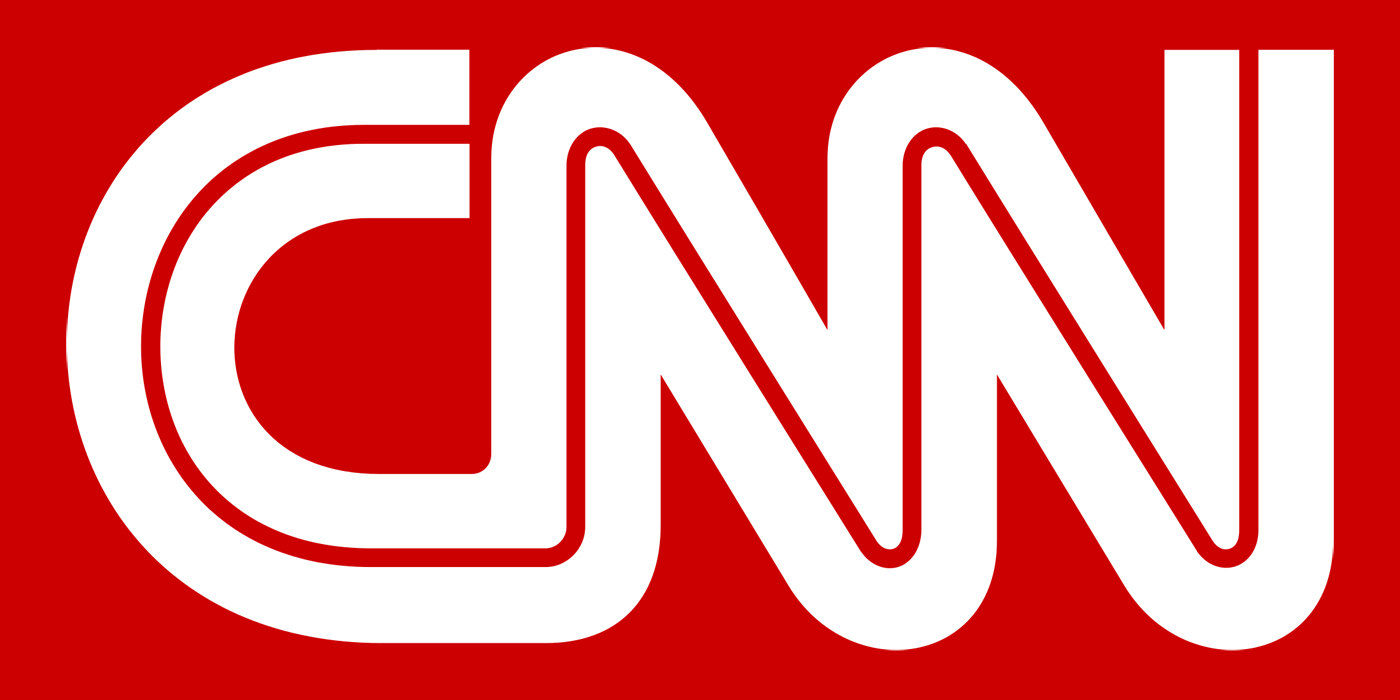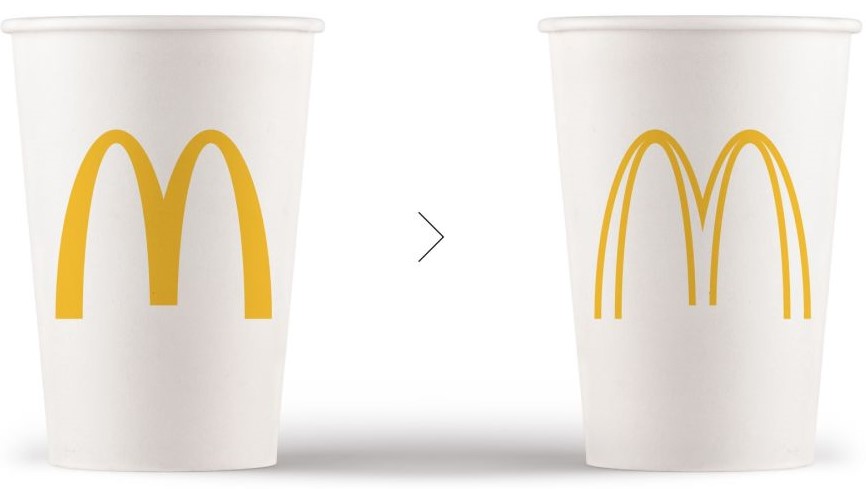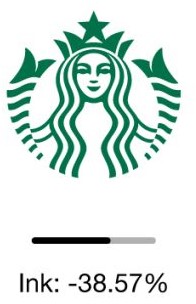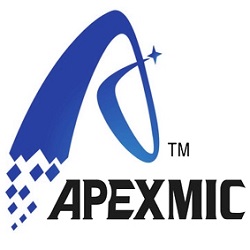Graphic Designer Modifies Famous Logos

Originally written by Jacopa Prisco and published by CNN.
A French graphic designer modified famous logos to try to save millions of dollars and protect the environment.
Graphic Designer Modifies Famous Logos
French graphic designer Sylvain Boyer began a project to help big brands save millions of dollars and protect the environment.
Mr Boyer’s campaign, Ecobranding, aims to do just that: reduce environmental and monetary impact. According to Mr Boyer, the way to do this is redesign the logos so, when printed, less ink is used. Since corporate bodies print their logo repeatedly and on so many materials, even marginally reducing the amount of ink used could have a huge effect.

“Every creative decision taken in brand design has a direct impact on our environment. When you draw one logo for a big company, in fact, you draw millions of logos because it will be reproduced millions or billions of times in many formats, with a major ecological and economic impact,” Mr Boyer said.
Mr Boyer’s reduced ink designs have resulted in savings of 10 to 39 per cent for some of the world’s most famous logos.
One of the world’s most expensive liquids is printer ink: according to CNN, ink can cost up to US$9,600 per gallon. Comparatively, the Wall Street Journal reported a bottle of the illustrious Chanel No.5 perfume sold for US$4,200. As such, when corporate giants are printing on such a large scale, saving just a little ink per logo could go a long way.
Mr Boyer said “last year, Starbucks produced about 670 million paper cups, with its logo printed on each one. We can estimate, and I insist that it’s only a speculation, that a single logo print could cost $0.15 and use 0.06 ml of ink. Our redesigned logo uses 38 percent less ink, or 0.0228 ml per cup, which could save nearly 4,000 gallons of ink a year. Since ink can cost up to $10,000 per gallon, that could equal savings of up to $40 million.”
 According to Mr Boyer, other benefits to logo ink reduction could include reduced printing costs and cuts in energy production, as digital files would use less space on servers.
According to Mr Boyer, other benefits to logo ink reduction could include reduced printing costs and cuts in energy production, as digital files would use less space on servers.
Mr Boyer admitted to one hurdle: not all corporations would consider refashioning their logo. “Maintaining the differentiating attributes of the brand while providing an eco-friendly design is going to be the major challenge that we will have to face,” he said.
“It’s a debate about branding in general. Some people think we should not touch the ingredients of the brand because it’s a sacred temple, others think that we can evolve the brand without changing its DNA to better meet the expectations and aspirations of our time.”
CNN wrote: “It’s an established idea that typography can affect ink usage and reduce the impact of printing on the environment”, however, despite the reality of recyclable plastic printer cartridges, many take hundreds of years to decompose in landfill.
The Dutch company, SPRANQ, began creating eco-friendly fonts in 2008 and transitioned to creating Ecofont: an application which inserts tiny holes into solid ink areas. According to SPRANQ, Ecoface is an everyday application which could save businesses up to 50 per cent of ink.
According to CNN, the free font, Ryman Eco, uses 30 per cent less ink than other fonts like Times New Roman. Designer of the font Dan Rathigan said: “The central idea of Ryman Eco was to design a compact, readable type that saved ink by reducing the overall surface area of the letters printed.”
CNN also reported on a teenager who claimed to US Government could save US$400 million if they changed to the font Garamond rather than using the ink-heavy Times New Roman, making international headlines.




Leave a Comment
Want to join the discussion?Feel free to contribute!